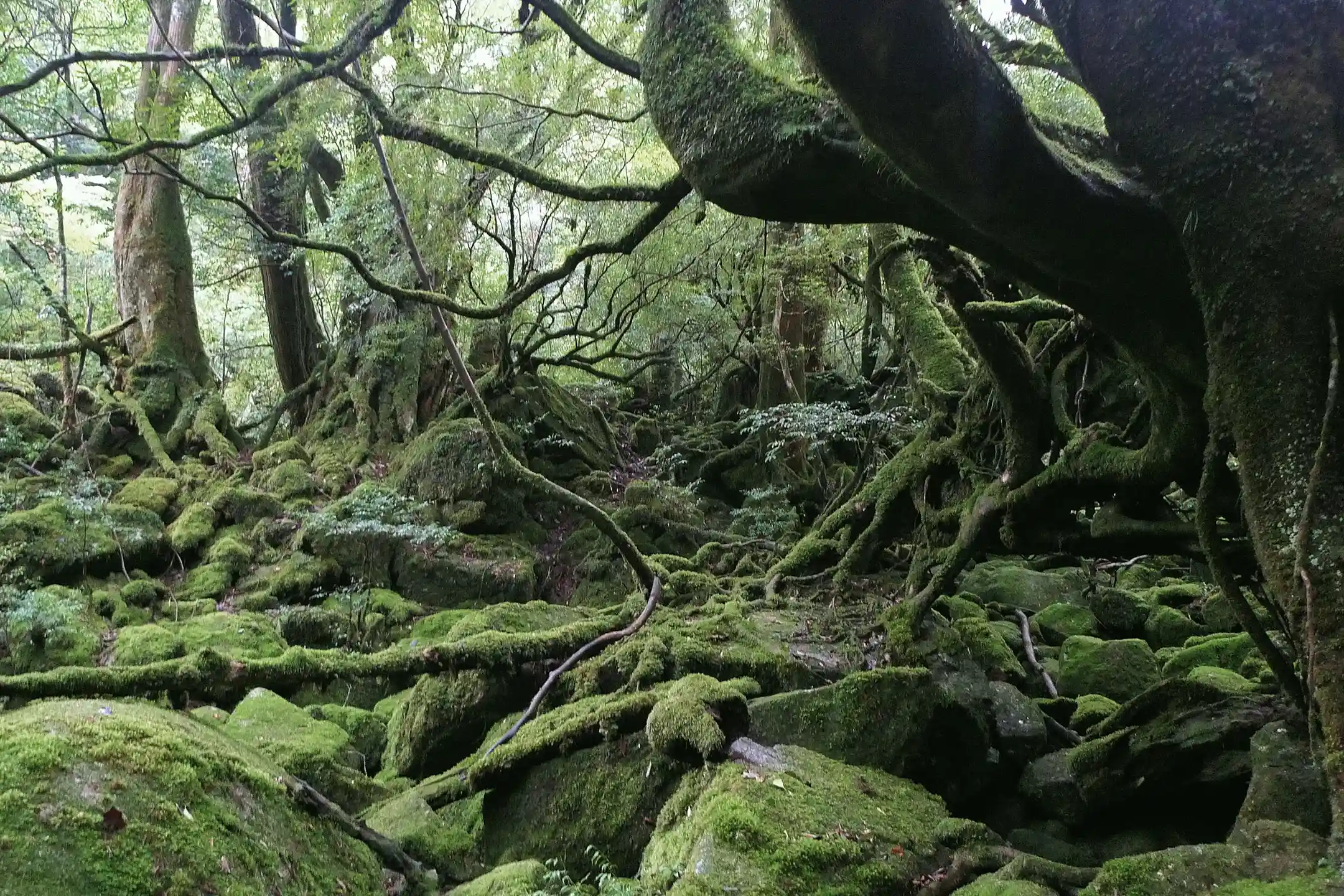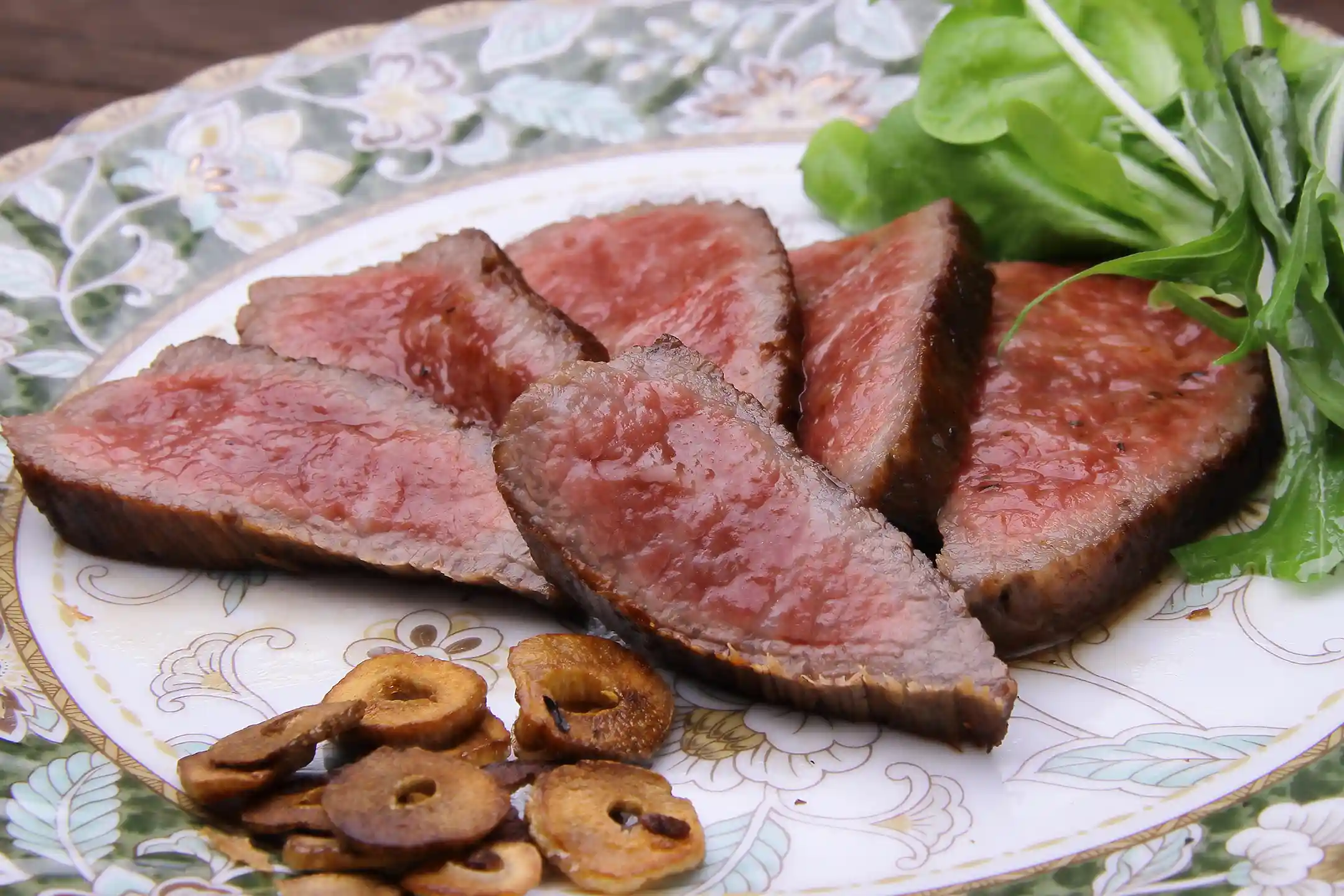Japan is an island nation completely surrounded by ocean, shaped by mountainous regions and outlying islands. This distinctive natural environment has fostered a wide range of local customs and ways of life over many centuries. You may often hear Japan described as an “island nation,” but its essence goes far beyond any single label. To truly appreciate how nature and daily life intertwine here, it helps to adopt a broader perspective—one that allows you to view Japan from multiple angles, just as you would any other region.
In this blog, you’ll explore each locality’s individuality—its traditional performing arts, architecture, and art—while also discovering how Japan’s geography and administrative systems have influenced those developments. From the historical background of regional divisions and the ways local governments support festivals and art fairs, to eco-friendly tourism options like electric vehicles, you’ll see how each region is heading toward the future. May this guide inspire you to interpret each area’s unique narrative and deepen your mutual understanding of Japan and the West. Enjoy your journey to the very end.
Basic Knowledge of Japan’s Geography and Administrative System
Surrounded by ocean, about 70% of Japan’s landmass is covered by mountains, with active volcanoes and thick forests that transform dramatically with the changing seasons. Along winding coastlines, communities thrive on various types of fishing and maritime cultures. These diverse landscapes have shaped how people live and what they believe in, forming a rich spiritual heritage that has existed for centuries.
Administratively, Japan is split into 47 prefectural entities—“To” (metropolis), “Do” (circuit), “Fu” (urban prefecture), and “Ken” (prefecture). Each area manages its own governance, influenced by factors rooted in both geography and history. While this might remind you of state or county systems in the West, Japan has developed its own distinctive balance between centralized authority and local autonomy.

In regions with rugged mountainous terrain, agriculture, forestry, and traditional crafts often drive the local economy, while coastal districts lean heavily on maritime trade and tourism. In this way, both natural features and administrative boundaries have helped cultivate cultures and livelihoods that are remarkably distinct from place to place (*1).
Simply knowing these facts is one thing, but understanding how Japan’s history and regional features have shaped its administrative style can make your visit far more engaging. If you compare Japan’s local governance with similar structures in your own country—spotting both the contrasts and similarities—you might find it as entertaining as flipping through a travel magazine. By taking a bird’s-eye view of Japan’s geography and administration, you’re bound to uncover some surprises.
The Cultural Diversity Nurtured by Japan’s Geography
Stretching in a long, narrow arc from north to south, the Japanese archipelago is home to mountainous areas, coastal cities, and remote islands—each nurturing its own identity. You might be surprised by how culturally varied Japan really is, especially given its relatively small size. One key reason is Japan’s history of alternating between interactions with the outside world and periods of relative isolation. Rather than regarding these cultures as merely “different,” you’ll gain more by understanding the historical roots behind each region’s traditional arts and lifestyles (*1).
Here, you’ll take a closer look at mountain regions, coastal cities, and remote islands. Each area has a wealth of cultural experiences that promise to enrich your time in Japan.
Traditional Arts and Aesthetics in Mountainous Areas

Nestled at the foot of Mount Kurama in Kyoto, Kurama holds deep ties to mountain worship and esoteric Buddhist culture. If you’re used to Western Christian traditions, mountain worship may feel quite new—an intriguing window into Japan’s sense of the “sacred.” The temple Kurama-dera, dating back to the Nara period, is surrounded by towering cedar trees and linked with tengu (goblin) folklore, creating an otherworldly calm along its trails (*2).
Every autumn, the Kurama Fire Festival expresses the community’s reverence for the mountain. If you join a guided tour, you’ll learn not only about the temple’s architecture and ascetic practices but also about the profound link between people and nature that permeates Japanese culture.
Hida-Takayama in Gifu Prefecture likewise embodies mountain heritage. This former Edo-period castle town is known for its master carpenters, or “Hida artisans,” along with Shunkei lacquerware and quaint wooden townhouses (*3). Some suggest that the challenging mountain environment led to an aesthetic that is “simple yet polished,” a style distinct from major Western cities. Visiting the Takayama Jinya or wandering the old-town streets offers an immediate sense of how local craftsmanship evolved in harmony with the terrain and climate.
Architecture and Art Cultivated in Coastal Cities
Kobe, famed for its international port, reflects a blend of Western and Japanese influences. Exploring the Kitano Ijinkan area, where 19th-century foreign residences still stand, reveals how architectural styles from abroad merged with local design (*4). Since the Meiji Restoration, Japan has often taken aspects of Western culture and innovated upon them—some have labeled this “cultural appropriation,” but it’s also ignited creative growth in both art and architecture.

Kanazawa, once a prominent castle town of the Kaga Domain, flourished through maritime trade along the Kita-mae sea routes. That prosperity led to the development of crafts like gold leaf work and Kaga Yuzen dyeing. Today, these traditional arts intersect with modern expressions at the 21st Century Museum of Contemporary Art (*5). In old townhouses repurposed as galleries, Western and Japanese art can coexist on equal ground. Rather than simply preserving “the old ways,” communities here continue to evolve their traditions, making art an active, living part of local culture.
Over on Naoshima in the Seto Inland Sea, contemporary art installations harmonize with the island’s natural scenery. At the Chichu Art Museum, designed by Tadao Ando, you’ll encounter works by Monet and Turrell set against a landscape that’s woven into the museum itself (*6). By integrating sea and sky into the viewing experience, you’ll sense a kind of “nature veneration” that offers a different atmosphere compared to many Western museums.
Remote Islands, Nature, and Sustainable Cultural Experiences
Okinawa, once the independent Ryukyu Kingdom, features lush landscapes and an array of cultural traditions. The eco-resort “Treeful Treehouse” leverages solar power to help minimize environmental impact during your stay (*7). Instead of imposing outside views, many of Okinawa’s tourism initiatives prioritize respect for local communities. It’s also encouraging to see a growing presence of Tesla charging stations, making EV-based travel an increasingly viable option.
Naoshima, meanwhile, promotes electric bicycles and cars, embracing a sustainable form of tourism. On Yakushima—a UNESCO World Natural Heritage site—rules are strictly enforced to preserve the island’s ancient forests (*8). By exploring these islands in an eco-friendly way, you can immerse yourself in Japan’s distinctive island cultures while contributing to environmental awareness—a deeply rewarding combination.
How Japan’s Administrative Systems Support Local Culture and the Arts
Throughout Japan, local governments at the prefectural and municipal levels provide culturally focused assistance. Under the Local Autonomy Act, overseen by the Ministry of Internal Affairs and Communications, each region is allocated certain powers and funding to promote cultural events and creative activities (*1). You might notice parallels with states or counties in the West, but Japan’s local bodies are notably invested in making sure that centuries-old festivals and crafts aren’t just “preserved” but are used to revitalize communities.
This approach not only draws visitors but also helps local residents take pride in their heritage. From an ethnological viewpoint, reconnecting with one’s own culture can broaden perceptions of “self” and “other,” reducing the need for external validation. In many areas, grants and specialized staff support everything from traditional arts to contemporary exhibitions, ensuring that cultural expressions remain vibrant for future generations.
Local Governments Advancing Art Festivals and Cultural Events
At the Setouchi Triennale, for instance, artists from inside and outside Japan create site-specific works on various islands. Local governments team up with nonprofits to enhance transportation and offer guided tours (*2). Collaboration between international artists and the people who live there has sparked a newfound sense of community pride and intercultural exchange—reflecting a more forward-looking approach to global partnerships.
Similarly, the Echigo-Tsumari Art Triennale, backed by local governments, encourages visitors to wander through satoyama (countryside) landscapes where art installations are scattered, leading to a form of regional renewal.

The Aomori Nebuta Festival—once a smaller local celebration—has grown into a major event that welcomes visitors from all over (*3). Government agencies handle logistics such as safety measures and advertising so you can enjoy the festivities with ease. Beneath the glowing floats and energetic taiko drumming is a powerful local commitment to showcasing hometown traditions on the world stage.
Cultural Heritage Protection and Opportunities for Intellectual Exploration
Local governments also devote resources to conserving cultural assets, and many regions host workshops where you can try your hand at traditional crafts. In Kanazawa, public and private organizations collaborate on classes in gold leaf work or Kaga Yuzen dyeing, offering you the chance to experience the city’s history and spirit through practical, creative activities. These workshops aren’t mere “tourist attractions”—they’re genuine avenues for deeper cultural connection.
In Kyoto, certain cultural properties open their doors to the public for limited periods during city-sponsored programs (*4). You can often join tours and lectures led by experts, letting you explore Japan’s aesthetics and architectural legacy on a more profound level. By delving into these historical contexts, you’ll see these monuments not as static artifacts but as living heritage—truly exciting for anyone with a curious mind.
Tokyo—Japan’s Capital, Where Tradition and Cutting-Edge Culture Coexist
Tokyo serves as Japan’s political, economic, and cultural hub. Its heritage stretches back to the Edo period, yet the city also boasts some of the world’s most advanced technologies. Even on a global scale, Tokyo’s population density and vast transportation network stand out, offering seemingly endless things to do. Traditional performing arts, centuries-old architecture, and futuristic digital art exist side by side, promising countless discoveries for you to enjoy (*1).

Exploring Tokyo’s Architectural Beauty by Neighborhood
If you pay close attention to Tokyo’s architecture, you’ll notice different eras overlapping in the same urban tapestry. Marunouchi and Ginza feature early modern buildings that date from the Meiji to the early Showa periods, showing how Japan adopted Western styles while forging its own creative direction. Some call this process a kind of “curation,” and many visitors are captivated by the juxtaposition of sleek new shops with vintage architectural gems (*2).
In Aoyama and Omotesando, you’ll find bold structures by world-famous architects who often use steel, glass, and concrete in forward-thinking ways. Joining a guided architecture tour is a wonderful way to understand the deeper concepts behind these designs and appreciate the city’s many layers.
Experiencing Both Traditional Culture and Digital Art in Tokyo
In Tokyo, you can immerse yourself in everything from kabuki performances to avant-garde digital art. At the Kabukiza Theater, you’ll see kabuki, a stage art that took shape in the 17th century and is now listed by UNESCO as an Intangible Cultural Heritage (*3). Even if you don’t speak Japanese, English guides and subtitles help you follow the story and admire the unique acting style.
For a more futuristic experience, check out permanent digital art exhibitions like those by teamLab, where interactive installations transform entire rooms into near-futuristic wonderlands. Unlike many Western museums, this blend of technology and art is quintessentially Tokyo, giving you an immersive glimpse into what modern creativity here looks like.
Tips for Traveling Comfortably and Intellectually in Japan

By aligning your travel choices—transportation, lodging, and cultural experiences—with local customs and administrative contexts, you can immerse yourself in Japan on a whole new level. Thanks to the rise of electric vehicle (EV) rentals and accommodations that focus on cultural engagement, traveling in an eco-conscious way while enjoying meaningful encounters has never been easier. Here are some suggestions to enhance your journey with comfort and insight.
Refined, Eco-Friendly Modes of Transportation
Across Japan, EV rental services (including Tesla) are now available at major airports and train stations. Charging stations are also more common, making road trips more convenient (*1). Even though Japan’s total land area is relatively small, the scenic routes through mountains and along coastlines feel vast and varied.
Cities like Kobe, Kanazawa, and Naoshima are actively expanding their charging networks, so you can combine green travel with cultural adventures. EVs operate quietly, which adds to the tranquility when you stop to absorb local sounds and surroundings. If you’re used to different driving customs at home, exploring Japan through its evolving EV infrastructure offers a refreshing alternative for environmentally mindful travelers.
Luxurious Accommodations that Fulfill Cultural Curiosity
Where you stay can also open doors to Japan’s deeper cultural layers. High-end ryokans (traditional inns) in Kyoto, for example, may invite you to join a tea ceremony or flower arrangement workshop, giving you hands-on access to Japanese aesthetics (*2). These sessions typically follow local customs and etiquette, turning your accommodations into an enriching cultural classroom rather than mere lodging.
In Kanazawa, certain hotels organize workshops in Kaga Yuzen dyeing or Kutani ware pottery, so you can directly explore the history and craftsmanship rooted in the area. Even the interior décor often showcases local artisanship, allowing your stay to become a mini “intellectual expedition.” As sustainability grows in importance among Western travelers, more places are embracing eco-friendly initiatives—proving that luxury and environmental responsibility can go hand in hand.

In Closing
From its mountainous highlands to its coastal cities and outlying islands, Japan’s geography and administrative structures have woven together a rich mosaic of local cultures and artistic expressions. Through innovative local governance, festivals and craftsmanship not only endure but also gain new life—shown in events like the Setouchi Triennale and the Aomori Nebuta Festival, which invite residents and visitors to connect in meaningful ways.
In areas like Kyoto and Kanazawa, you’ll find a balance between preserving age-old traditions and embracing fresh, contemporary art forms—a cultural ecosystem that constantly spurs learning and innovation. With the rise of EV travel and better charging infrastructure, you can more easily explore mountain towns and remote islands, helping to spark progress across Japan.
By supporting and engaging with these efforts, both travelers and local residents develop pride, curiosity, and a shared sense of discovery that enriches Japan’s cultural tapestry. While you might hear Japan described from a Western standpoint as culturally distinct, each region holds its own complex history and social roots.
It’s our hope that this article motivates you to delve deeper into these nuances, making your journey through Japan even more rewarding. With a willingness to see things from various perspectives, you’ll uncover countless hidden treasures—and perhaps capture the true spirit of travel: the infinite possibilities that lie just around the next corner.
Author Bio

Maoko Shibuya
Content Planner & Writer Holding a master’s in Digital Marketing and experience across global markets, Maoko blends international perspective with a deep appreciation for Japan’s cultural heritage. She plans and writes compelling narratives that reveal the country’s beauty and depth, drawing on her passion for travel, local cuisine, and cultural exploration.




.webp)
.webp)